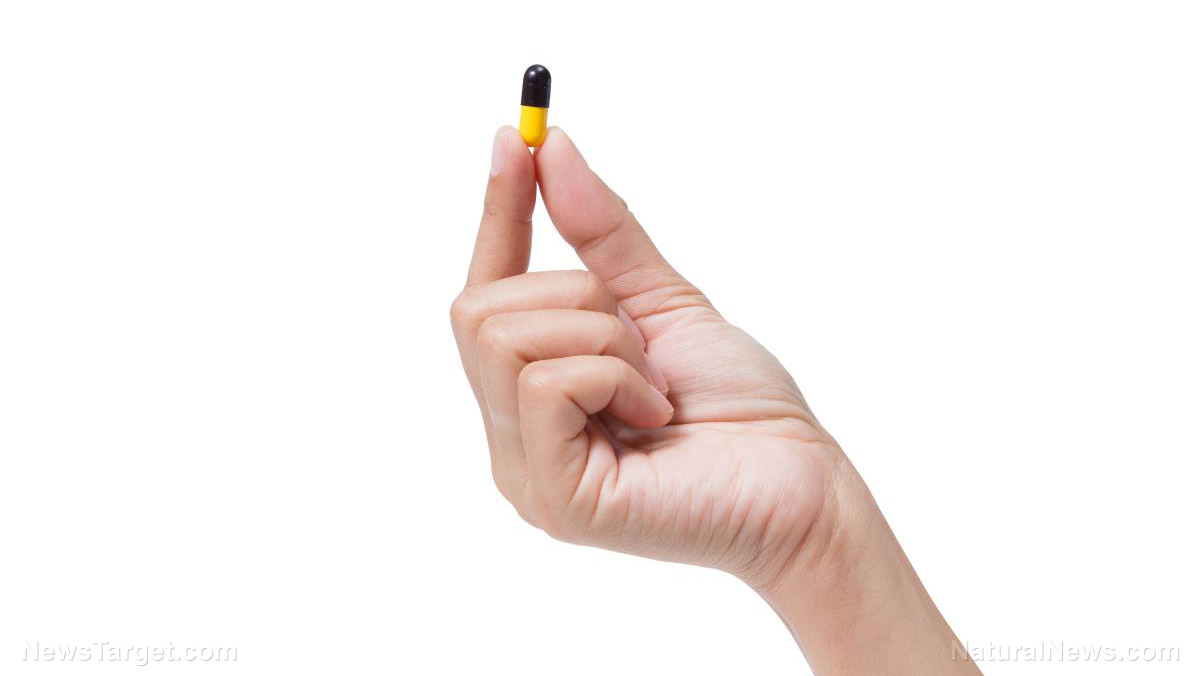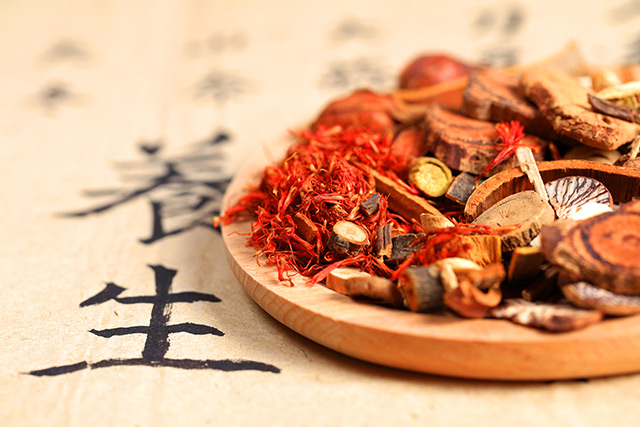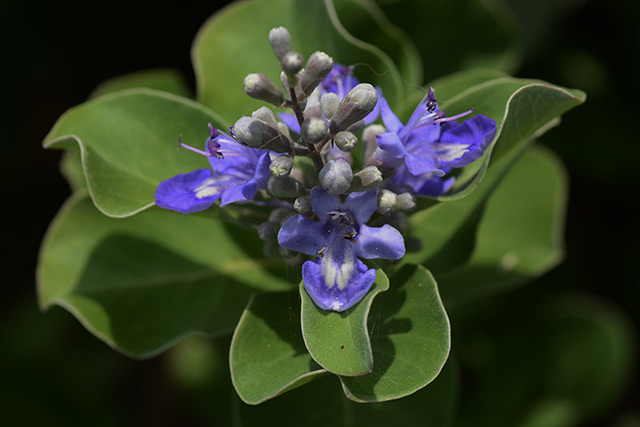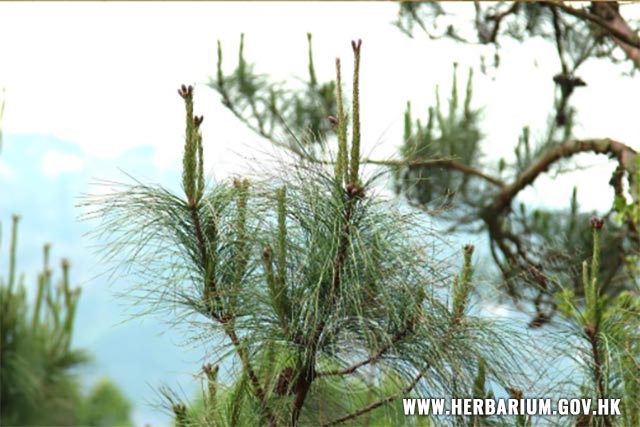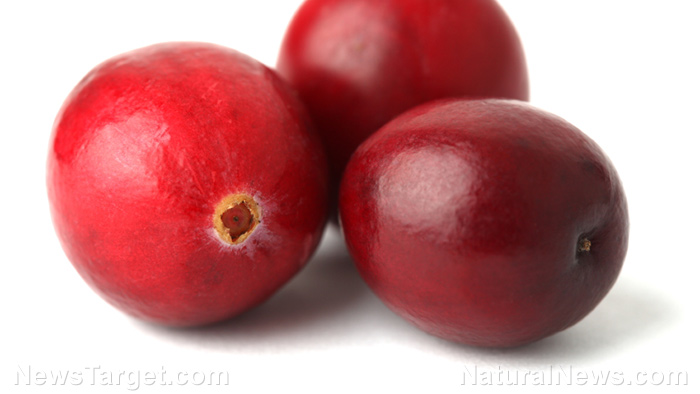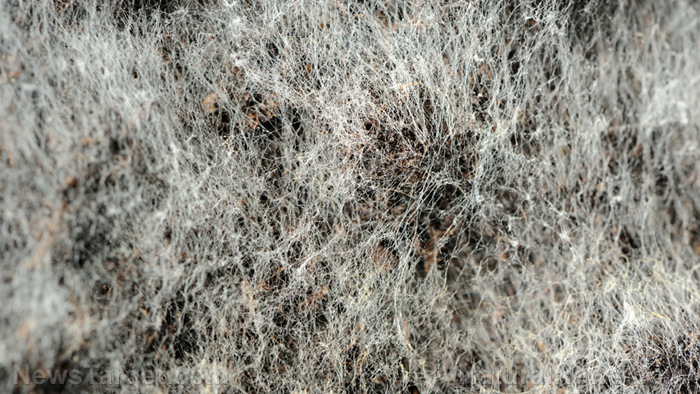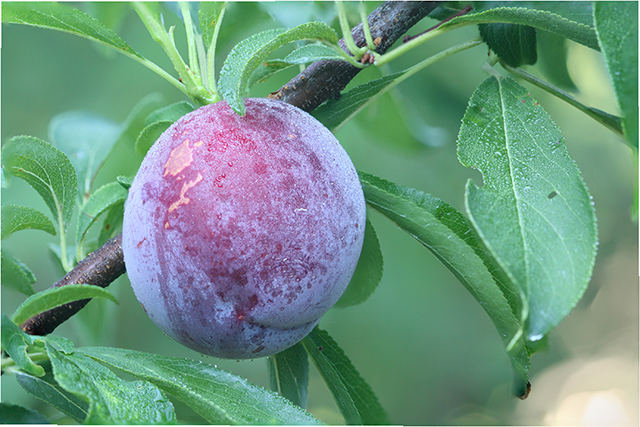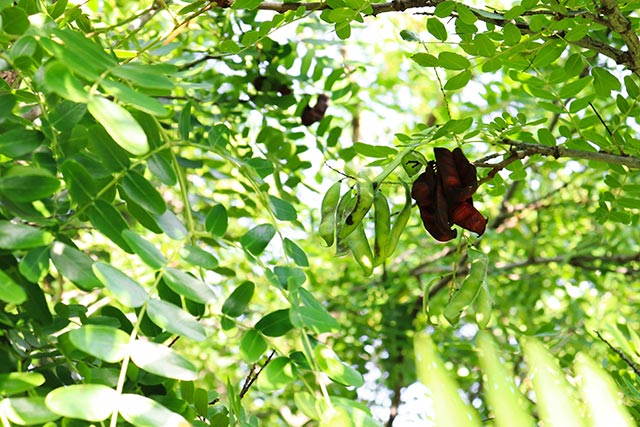The neuroprotective and anti-apoptotic properties of white sesame flour
06/13/2019 / By Chloe Divino
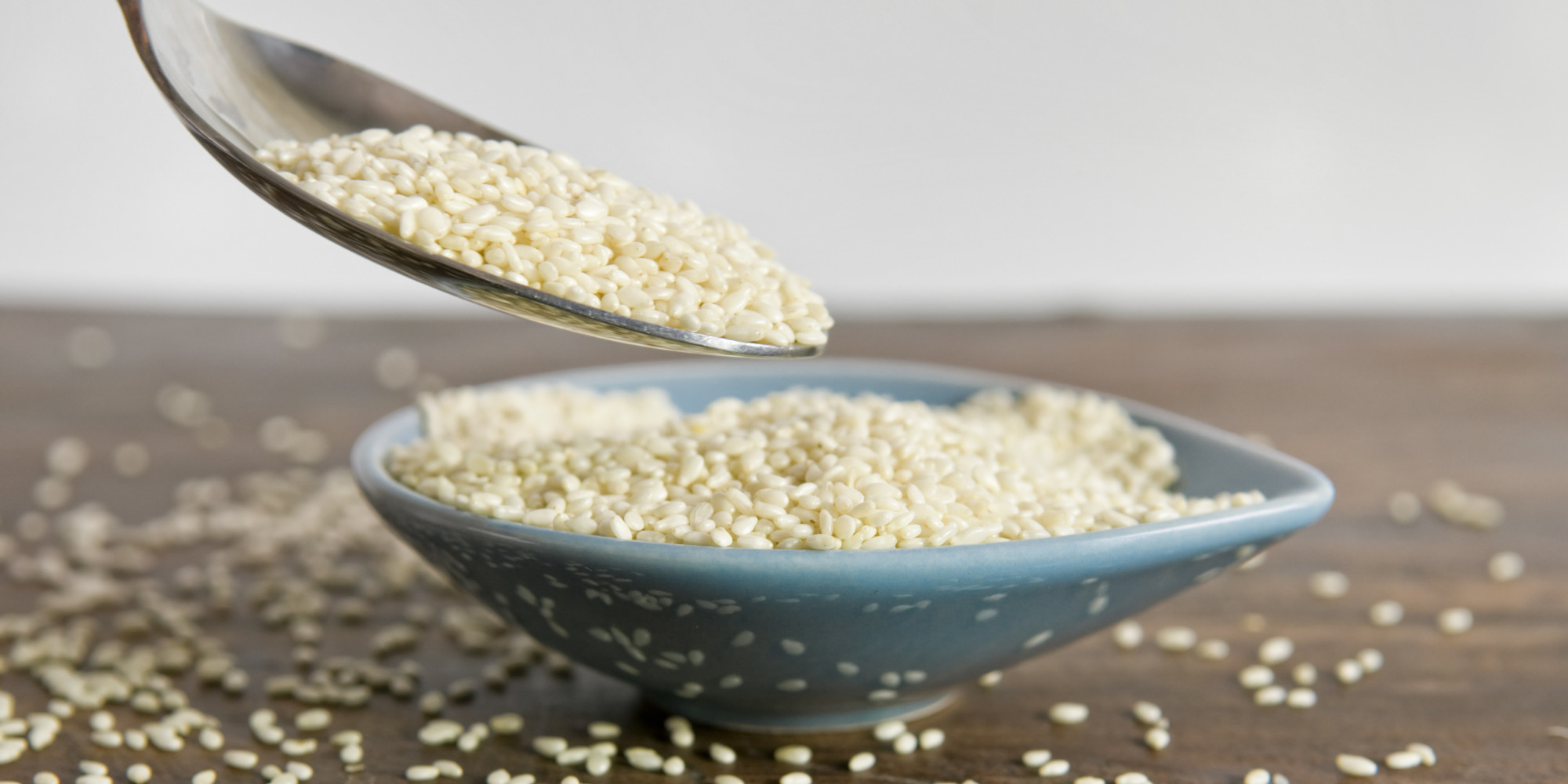
In this study, researchers from Gifu University in Japan showed that defatted white sesame seed flour has neuroprotective and anti-apoptotic properties. Their findings about the bioactivity of water-soluble fractions purified from defatted sesame seed flour were published in the journal Nutrition Research.
- Defatted sesame seed flour is a byproduct of oil extraction and is considered a waste product.
- In their previous study, they discovered that water-soluble fractions purified from defatted white and gold sesame seed flour (WS-wsf and GS-wsf, respectively) exhibit good antioxidant activity in vitro.
- They also identified ferulic acid and vanillic acid as the bioactive antioxidants present in both WS-wsf and GS-wsf.
- The researchers hypothesized that WS-wsf and GS-wsf may display neuroprotective effects due to their antioxidant potential.
- They used human neuroblastoma SH-SY5Y cells and found that WS-wsf treatment for 24 hours enhanced SH-SY5Y cell viability and proliferation.
- They reported that GS-wsf, ferulic acid, and vanillic acid did not show similar effects.
- WS-wsf (1-3 mg/mL) also notably protected SH-SY5Y cells against camptothecin-induced apoptosis in a dose-dependent manner.
- In addition, WS-wsf significantly decreased the mRNA expression levels of pro-apoptotic Bax and p53 genes.
- WS-wsf also increased Bcl-2 protein level and Akt phosphorylation.
Based on these results, the researchers concluded that defatted white sesame seed flour not only has the potential to prevent the development of neurodegenerative conditions through its antioxidant activity, it also has a neuroprotective ability that functions via an anti-apoptotic mechanism.
Journal Reference:
Othman SB, Katsuno N, Kitayama A, Fujimura M, Kitaguchi K, Yabe T. WHITE SESAME SEED WATER-SOLUBLE FRACTION ENHANCES HUMAN NEUROBLAST CELL VIABILITY VIA AN ANTI-APOPTOTIC MECHANISM. Nutrition Research. October 2016;36(10):1130–1139. DOI: 10.1016/j.nutres.2016.07.007
Tagged Under: alternative medicine, Alzheimer's, antioxidant, brain function, brain health, ferulic acid, food cures, food is medicine, functional food, natural cures, natural medicine, neuroblasts, neurodegenerative diseases, neuroprotective, prevention, remedies, research, sesame seed flour, sesame seeds, vanillic acid, white sesame flour, white sesame seeds


